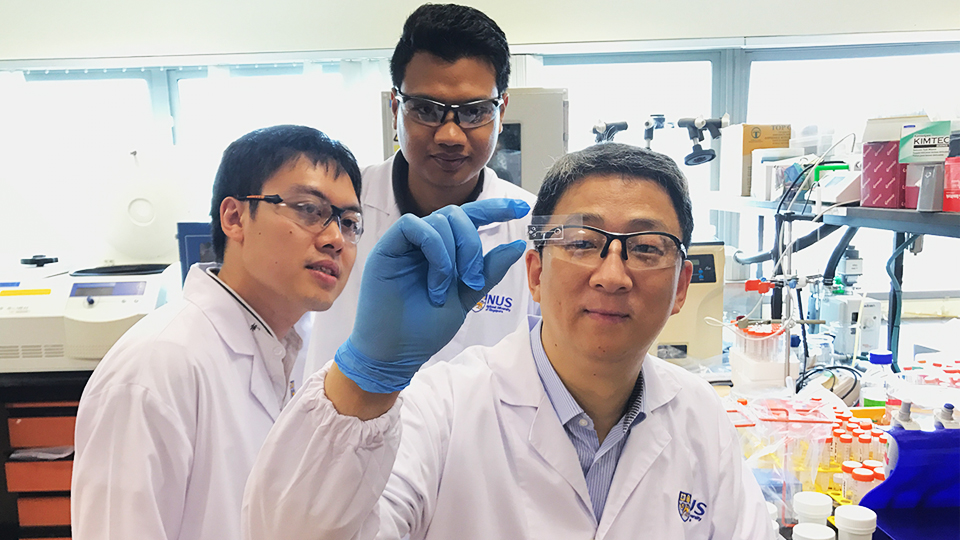A novel invention by a team of researchers from the National University of Singapore (NUS) holds promise for a faster and cheaper way to diagnose diseases with high accuracy.
Professor Zhang Yong from the Department of Biomedical Engineering at the NUS Faculty of Engineering and his team have developed a chip that could effectively detect minute amounts of biomolecules without the need for complex lab equipment.
Diseases diagnostics involves detection and quantification of nano-sized bio-particles such as DNA, proteins and viruses. Typically, detection of these biomolecules requires complex optical detection equipment.
“Our invention is an example of disruptive diagnostics," said Prof Zhang. "[With our device], detection can be performed using standard laboratory microscopes, making this approach highly attractive for use in point-of-care diagnostics.”
He also added that the research team is currently developing "a portable smartphone-based accessory and microfluidic pump to make the whole detection platform portable for outside laboratory disease diagnostics. We hope to further develop this technology for commercialisation."



